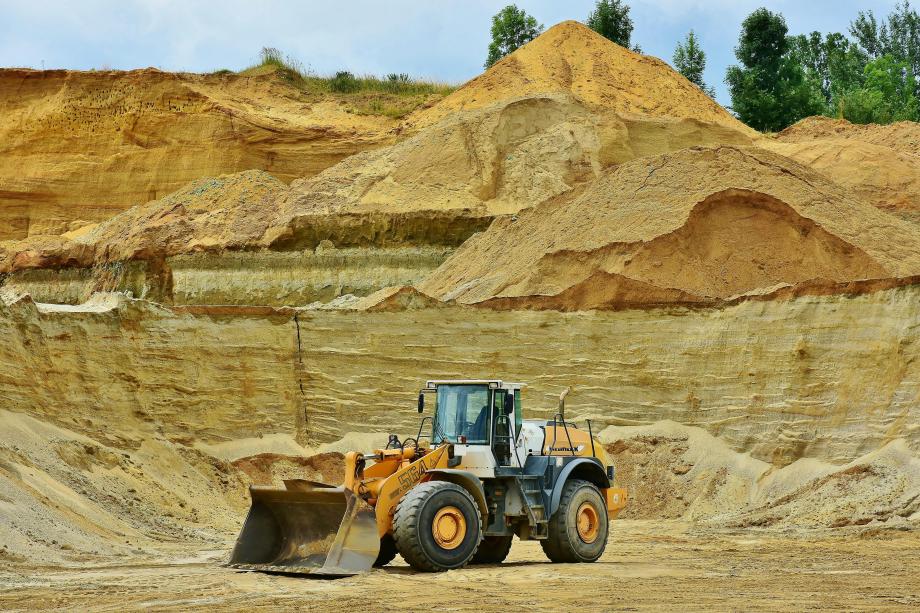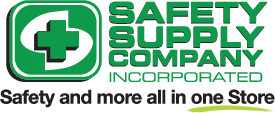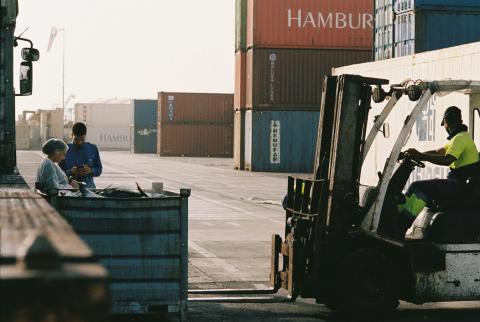Clearing the Air: Understanding Dust Hazards in Construction

In the bustling world of construction, dust might seem like a trivial nuisance, easily swept away with a broom or a gust of wind. However, beneath its seemingly innocuous appearance lies a potentially hazardous reality. Dust in construction sites poses various risks, ranging from respiratory problems to fire hazards, demanding attention and proactive measures to mitigate its detrimental effects.
The Perilous Particle: Understanding Construction Dust
Construction dust is not a homogeneous entity; it encompasses various particles generated during construction activities such as cutting, grinding, drilling, and demolition. These particles can range in size, from visible debris to microscopic fragments. Common constituents include silica dust, wood dust, and even hazardous materials like asbestos, depending on the nature of the construction work.
Respiratory Risks: Breathing in Danger
One of the most immediate and pervasive risks associated with construction dust is respiratory issues. Fine particles can easily become airborne and penetrate deep into the lungs, leading to a range of health problems. Prolonged exposure to silica dust, for instance, is linked to debilitating conditions such as silicosis, lung cancer, and chronic obstructive pulmonary disease (COPD). Even short-term exposure to high concentrations of dust can trigger asthma attacks or exacerbate existing respiratory conditions.
Clearing the Air: Strategies for Dust Control
Given the significant health hazards posed by construction dust, effective dust control measures are imperative. Employers and workers alike must prioritize implementing strategies to minimize dust generation and exposure. This includes utilizing engineering controls such as water sprays, ventilation systems, and dust extraction tools to capture dust at the source. Personal protective equipment (PPE), such as respirators and goggles, should also be provided to workers as a last line of defense.
Beyond Health: Dust as a Fire Hazard
In addition to its respiratory risks, construction dust can also pose a threat in terms of fire safety. Accumulated dust, particularly from combustible materials like wood or certain metals, can serve as fuel for fires. Moreover, fine particles suspended in the air can ignite easily in the presence of sparks or heat sources, potentially leading to catastrophic accidents. Proper housekeeping practices, regular cleaning of work areas, and adherence to fire safety protocols are essential to mitigate this risk.
Regulatory Compliance: Navigating Dust Regulations
Recognizing the dangers associated with construction dust, regulatory bodies have established guidelines and standards to safeguard worker health and safety. These regulations typically outline permissible exposure limits (PELs) for various types of dust and mandate the implementation of control measures to reduce exposure levels. Compliance with these regulations is not only a legal requirement but also crucial for safeguarding the well-being of workers.
Conclusion: Clearing the Path to Safety
Construction dust may appear inconspicuous amidst the chaos of a construction site, but its hazards are anything but trivial. From respiratory ailments to fire hazards, the risks associated with dust demand proactive measures and vigilant adherence to safety protocols. By prioritizing dust control strategies, fostering a culture of safety, and staying abreast of regulatory requirements, construction stakeholders can ensure that the air remains clear, and workers remain protected from the perils of construction dust.
Blog Articles
Check out more articles
PPE: The Unspoken Love Language
Wearing PPE: Protecting Your Present and Securing Your Future
View MoreTips to Improve Safety While Working With Heavy-Duty Mobile Equipment
Improving the safety of ground personnel working around mobile equipment, such as forklifts, excavators, etc., requires a combination of engineering controls, administrative measures, and behaviora
View MoreWhy You Should Service Your Safety Equipment
Safety equipment serves as the frontline defense against workplace hazards, ensuring the well-being of employees and minimizing risks.
View More



